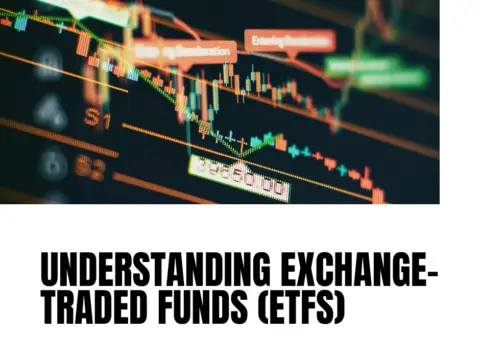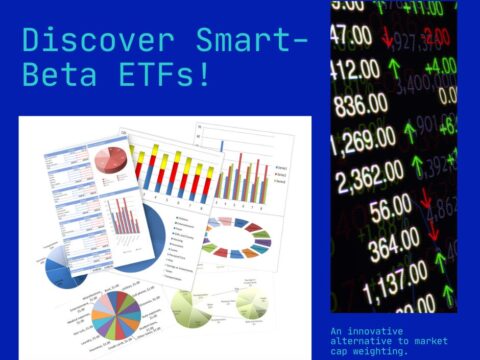Inverse Exchange-Traded Funds (ETFs) are financial instruments designed to deliver returns that move in the opposite direction to the underlying benchmark or index. This in-depth exploration aims to elucidate the workings, strategies, and considerations associated with Inverse ETFs.
Understanding the Basics:
1. Inverse Relationship with Underlying Index:
- Mirror Image of Benchmark Movements: Inverse ETFs aim to provide returns inversely correlated to the daily performance of the underlying index. If the index declines, the inverse ETF seeks to generate positive returns.
2. Leveraged Inverse ETFs:
- Magnifying Returns with Leverage: Some inverse ETFs use leverage to amplify the inverse exposure. Leveraged inverse ETFs may aim for double or triple the opposite return of the benchmark.
Mechanics of Inverse ETFs:
1. Derivatives and Swaps:
- Utilizing Derivatives Contracts: Inverse ETFs often employ financial derivatives like futures contracts and swaps to achieve inverse exposure to the underlying index.
2. Daily Resetting and Compounding:
- Daily Reset Mechanism: Inverse ETFs typically reset daily to maintain their inverse relationship. Compounding effects can lead to deviations from the expected long-term performance.
3. Tracking Error Considerations:
- Factors Affecting Accuracy: Factors such as market volatility and tracking error can impact the accuracy of an inverse ETF’s performance relative to the benchmark.
Strategies for Investors:
1. Short-Term Hedging:
- Mitigating Short-Term Market Declines: Investors may use inverse ETFs as a short-term hedging tool to offset potential losses during market downturns.
2. Speculative Trading:
- Capitalizing on Market Downswings: Traders with a bearish outlook may use inverse ETFs for speculative purposes, attempting to profit from anticipated declines in specific sectors or indices.
Considerations and Risks:
1. Daily Reset Risks:
- Compounding Effects: The daily resetting mechanism introduces compounding effects, impacting long-term performance. Investors should be mindful of potential deviations in returns.
2. Leverage Amplifies Risks:
- Increased Volatility and Risk: Leveraged inverse ETFs, while potentially magnifying returns, also amplify risks and market volatility. Losses can escalate rapidly in volatile conditions.
3. Not Suitable for Long-Term Holding:
- Designed for Short-Term Use: Inverse ETFs are generally designed for short-term tactical use. Prolonged holding can lead to unexpected results due to daily resetting and compounding.
Popular Inverse ETFs and Market Applications:
1. ProShares Short S&P 500 ETF (SH):
- Inverse to S&P 500: SH aims to provide the opposite daily return of the S&P 500 index, allowing investors to hedge against declines in the broader market.
2. Direxion Daily Financial Bear 3X Shares (FAZ):
- Triple Inverse Exposure: FAZ seeks to achieve triple inverse exposure to the daily performance of the Russell 1000 Financial Services Index.
Conclusion: Inverse ETFs as Tactical Tools
Inverse ETFs can serve as valuable tactical tools for investors seeking short-term strategies, hedging against market declines, or capitalizing on bearish market sentiments. However, their intricate mechanics and compounding effects necessitate careful consideration and an understanding of associated risks. Investors should evaluate their risk tolerance, investment objectives, and time horizon before incorporating inverse ETFs into their portfolios, recognizing these instruments as specialized tools with specific applications in certain market conditions.




